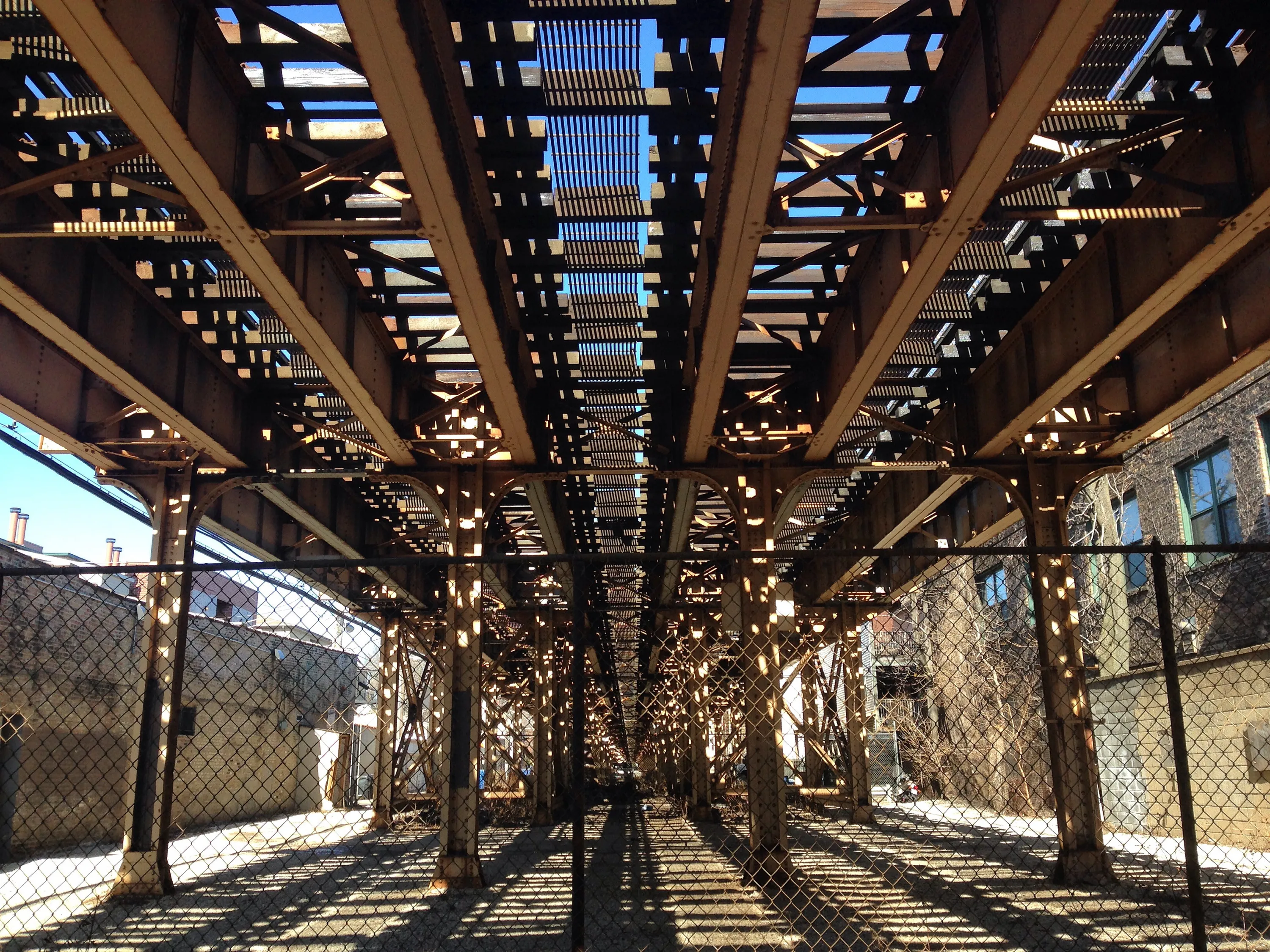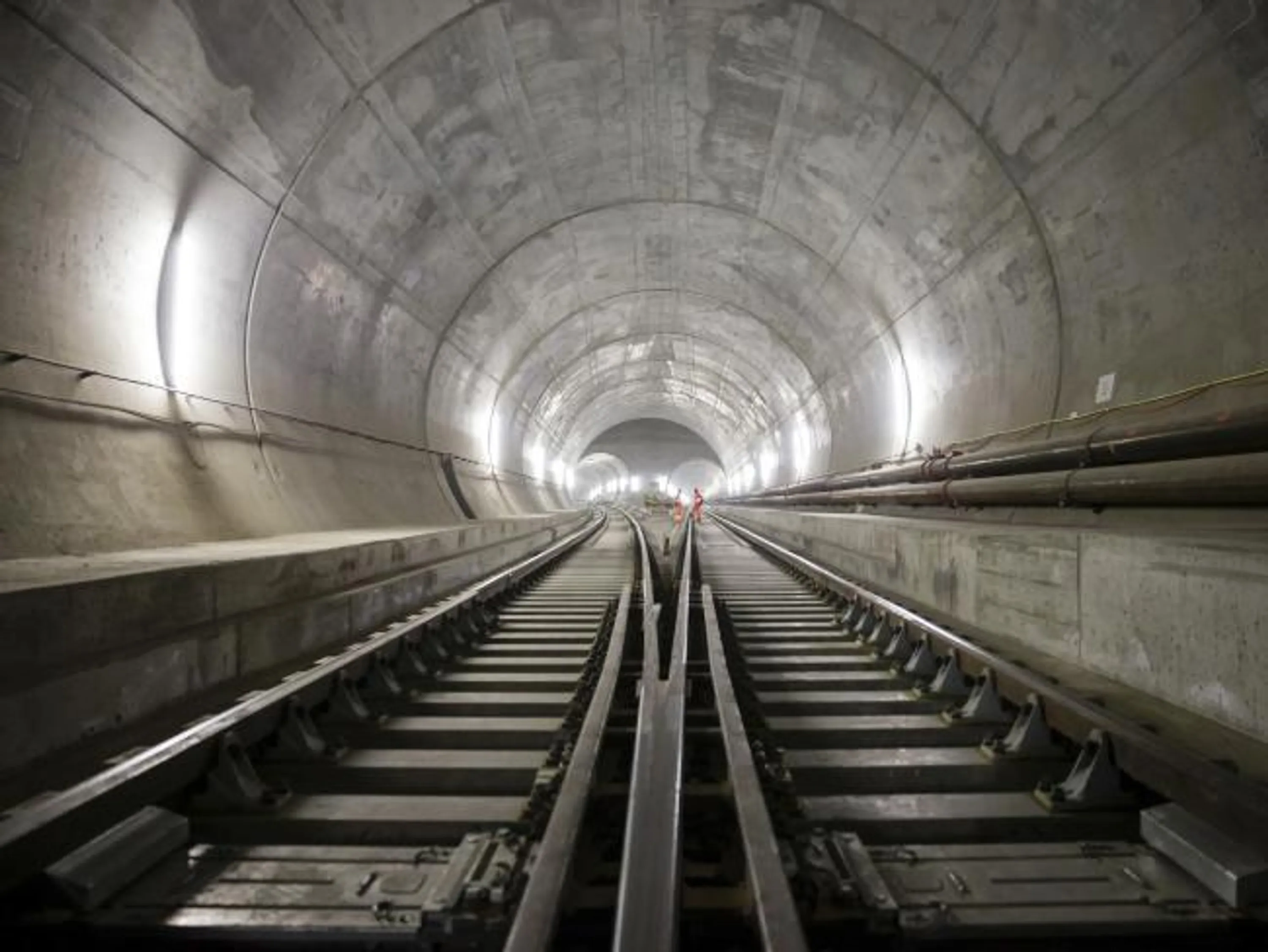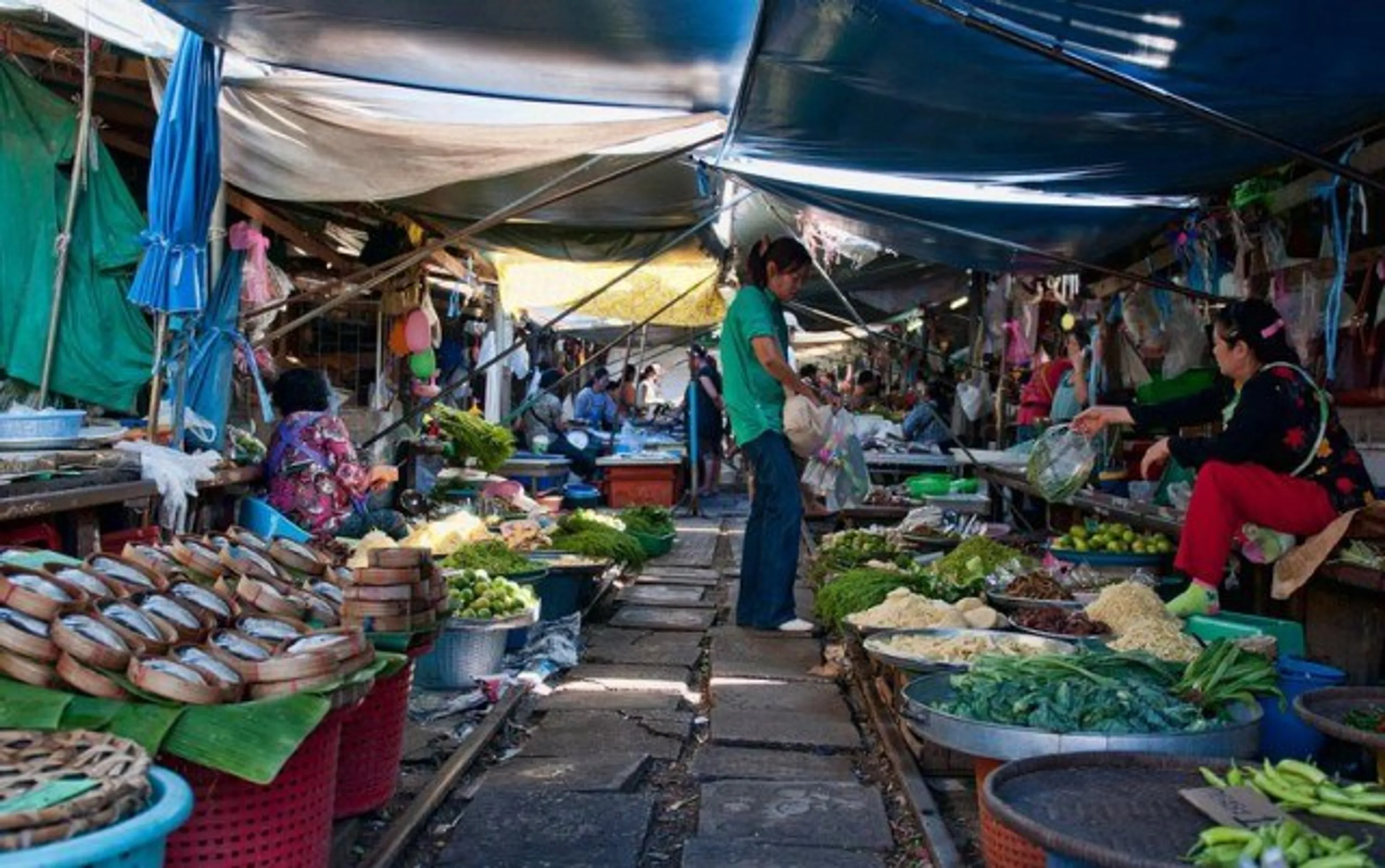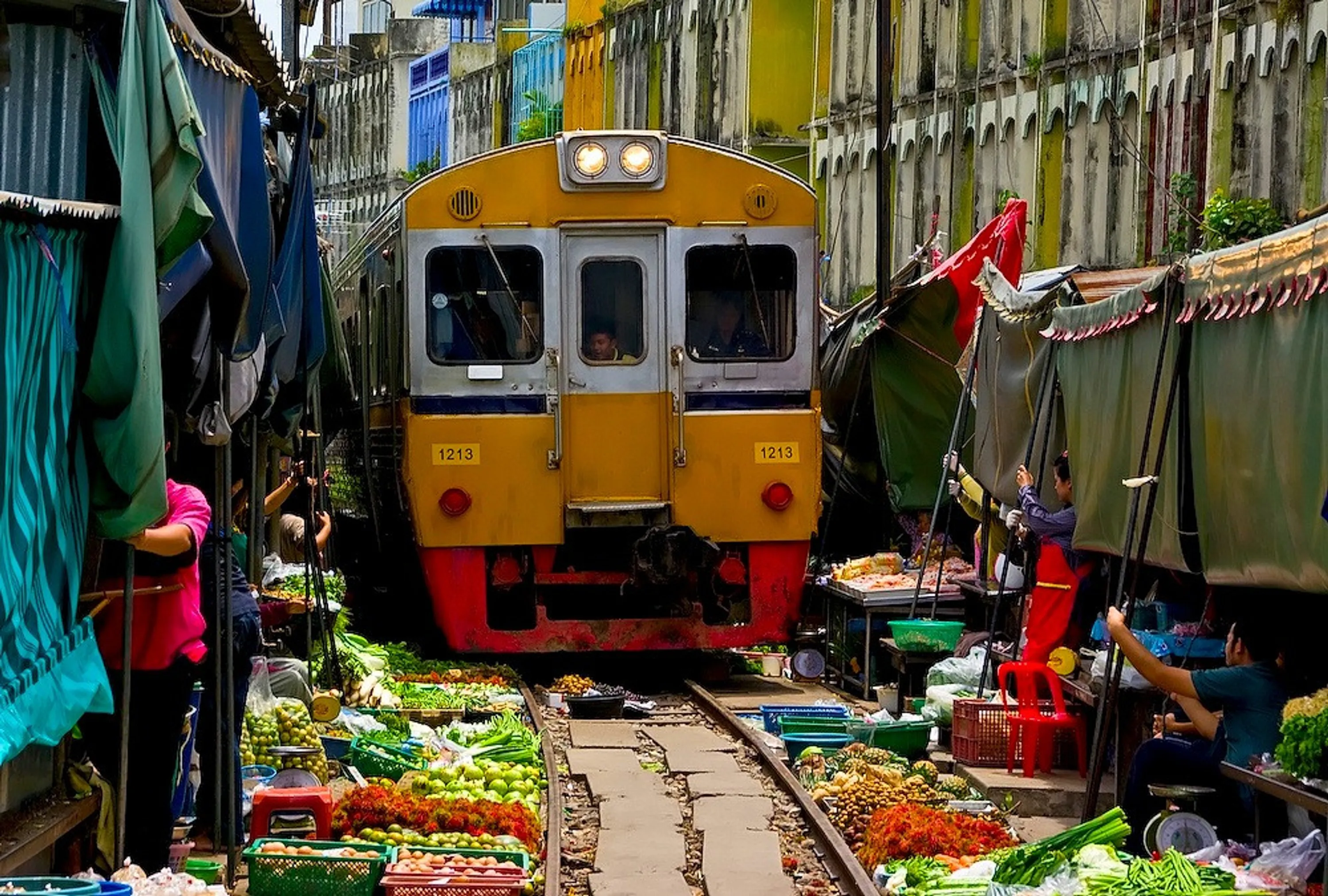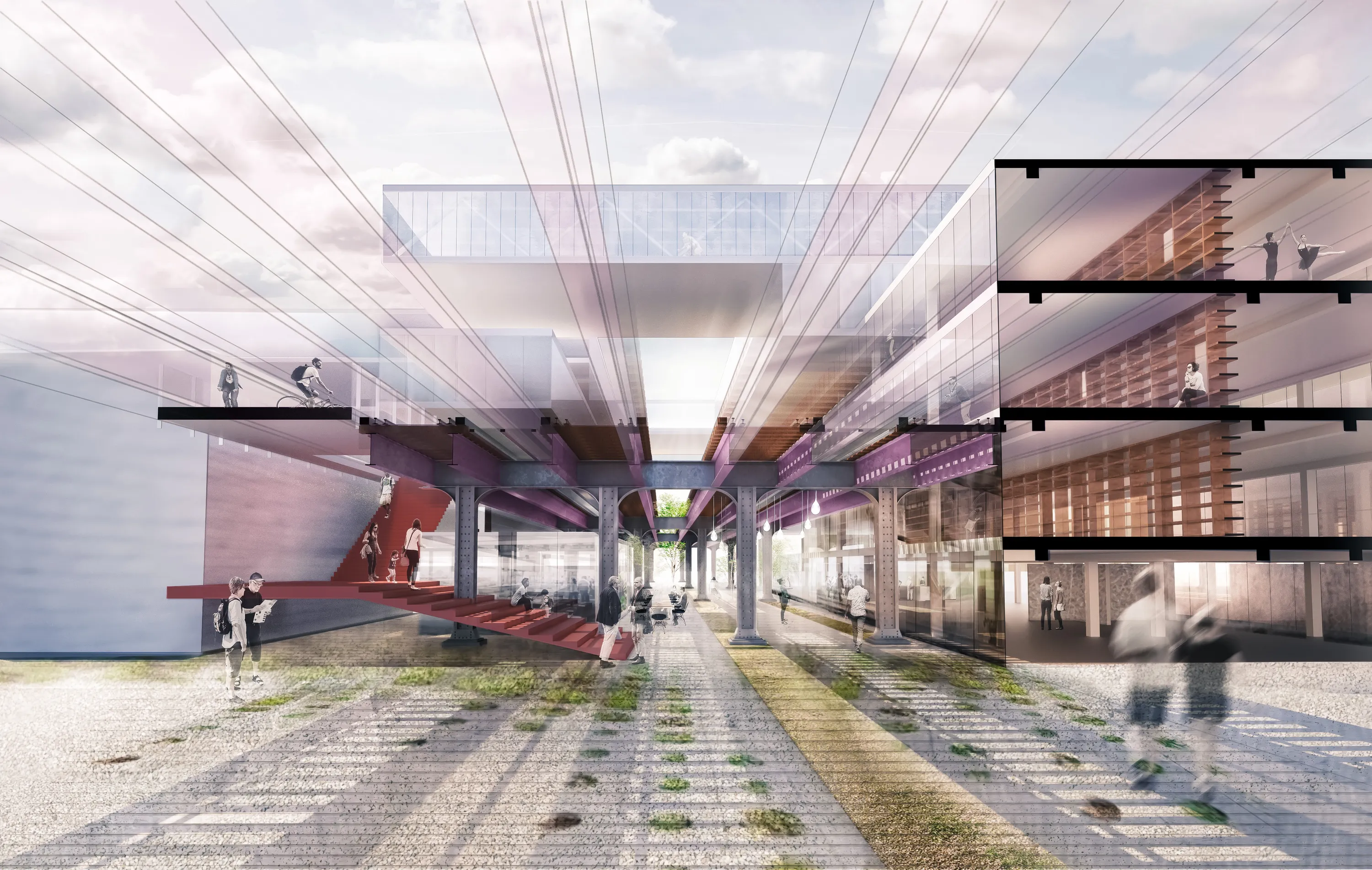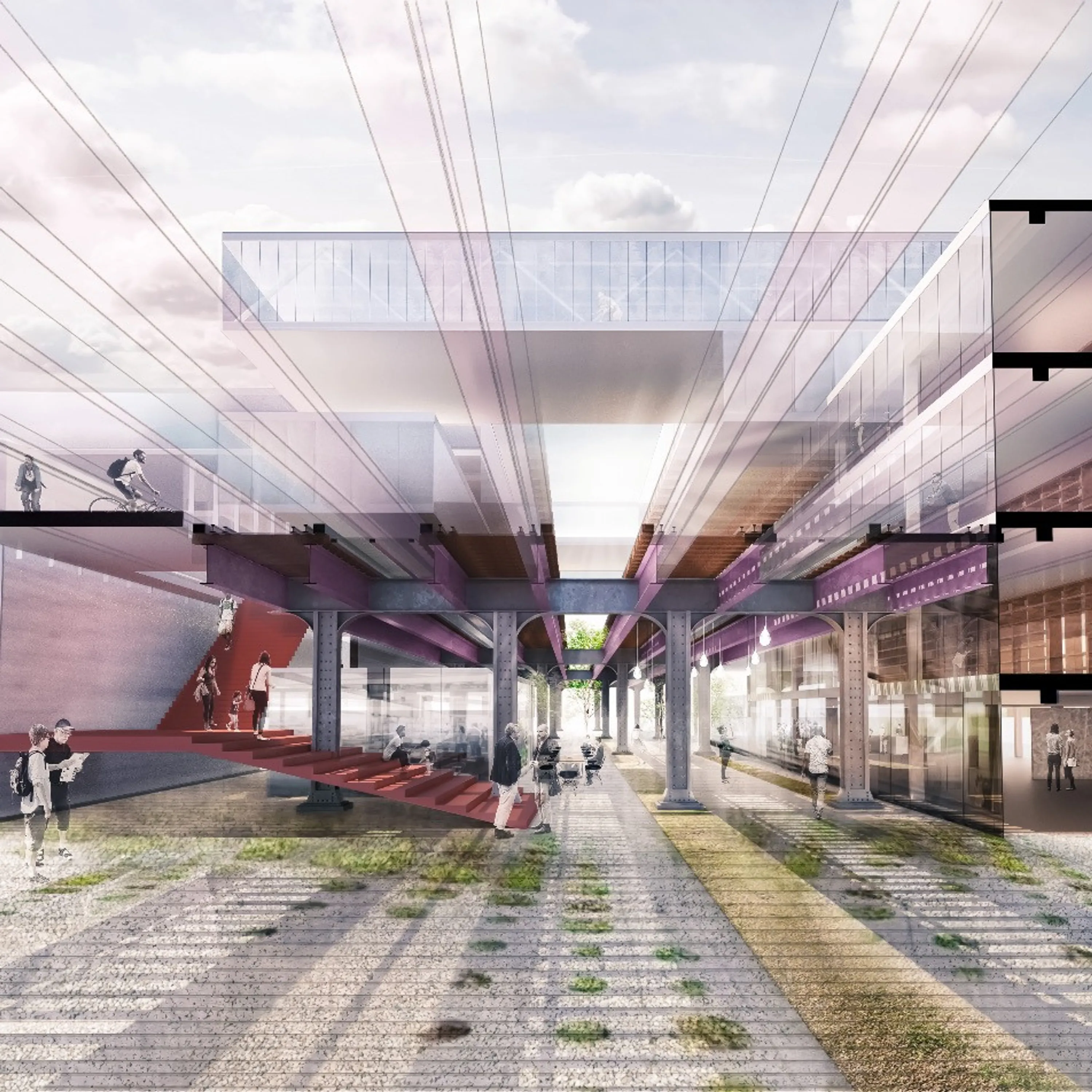L'eftspace: The Need for Inhabitable Infrastructure
View the 50 Wards exhibit.
Follow Tom Jacobs on LinkedIn.
Related Projects
L’eftspace — Chicago Architecture Foundation
The elevated rail transportation system in Chicago, officially designated as the 'L' by the Associated Press Style book earlier this year – never use 2 letters when one will do – is a quintessential Chicago feature. But what to do with the miles upon miles of underutilized and often dangerous spaces below? Spaces that separate neighborhoods instead of uniting them?
The answer lies with an attitude about the role of transportation, and can be thought of in two different ways.
If transportation systems are to be pure infrastructure, with the goal of moving people faster, more reliably, and more efficiently, the solution inevitably leads to more separation from the life of adjacent streets and neighborhoods. Subway systems in cities around the world are examples of highly specialized and detached transportation systems. Similarly, the world’s longest railway tunnel, the 57km Gotthard Base Tunnel in Switzerland which opened after 17 years of construction earlier this year, exemplifies commitment to speed, technology, and efficiency.
There is, however, a very different approach to be considered: the inhabited infrastructure.
The "umbrella pulldown market", located along a stretch of the Maeklong Railway in Central Thailand, is a food market in which the vegetables, fruit and other wares are displayed right up to the edge of the tracks, which serve as the main passageway for customers. As trains approach a couple of times each day, the merchants hold back the awning to make room for passage.
As an inhabited infrastructure, the "umbrella pulldown market" is an inspiring, real-life example of how much richer the user experiences could be along future transit lines.
In our submission for the 50 Wards exhibit, on display at the Chicago Architecture Foundation, we advocate for an adjustment of mindset from the currently popular Transit Oriented Developments (TOD) to the design and implementation of projects along the 'L' lines that fulfill the promise of transit-oriented experiences. Our vision of such a project is L’eftspace.
L’eftspace is located between the Belmont and Wellington 'L' stops in Chicago’s 44th Ward. It proposes various uses and activities in the spaces above, below and to the sides of the train tracks, and connects a neighborhood that is divided today.
The area below the tracks is transformed into a thriving pedestrian lane filled with pop-up shops and food trucks. Filtered sunlight allows zones of landscaping.
Space to either side of the train line is used for a new type of residential unit, one that is geared to maximum convenience and connection. Imagine waking up, preparing breakfast alongside the 'L' platform, and catching the next Loop-bound train to work: bed-to-brownline in a blink.
Air rights above the tracks are strategically sold, create working and living spaces and provide units with uninterrupted city views.
Charles Eames once remarked that “eventually, everything connects”. In an age in which our digital connections grow at a rapid pace, let’s make sure we focus on the physical connections in our neighborhoods as well.
Thomas Jacobs
Principal / AIA

